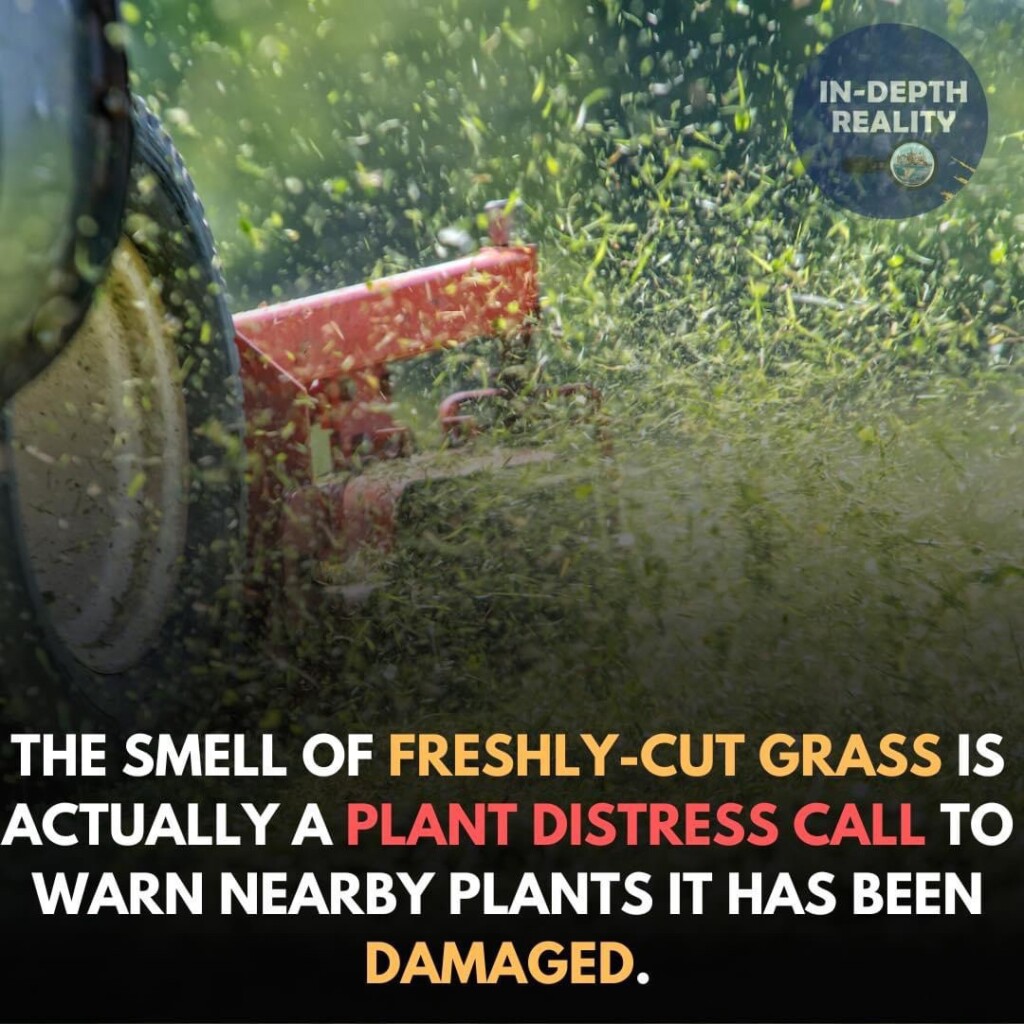The smell of freshly cut grass is a familiar and often comforting scent, associated with warm summer days and a freshly mowed lawn. However, this scent is actually a distress signal from the grass itself.

The Chemicals Behind the Scent
When grass is cut or otherwise injured, it releases a mix of chemicals known as green leaf volatiles (GLVs). These volatile organic compounds are responsible for the characteristic scent we associate with freshly cut grass.
The Purpose of Green Leaf Volatiles
The release of GLVs serves several purposes:
1. Distress Signal
The primary function of GLVs is to signal distress. When a plant is damaged, the release of these chemicals alerts neighboring plants to the danger, allowing them to ramp up their own defensive responses.
2. Healing the Wound
GLVs also play a role in the plant’s own healing process. They help to seal off the wound and prevent the invasion of pathogens.
3. Attracting Beneficial Insects
Interestingly, the distress signals sent out by the GLVs can also attract beneficial insects. These insects may prey on the herbivores causing the damage, providing a form of indirect defense for the plant.
While the smell of freshly cut grass may be pleasant to us, it’s important to remember that it’s a sign of stress for the grass. It’s a fascinating example of the complex chemical communication that takes place in nature, often right under our noses.

As an Amazon Associate we earn from qualifying purchases through some links in our articles.




